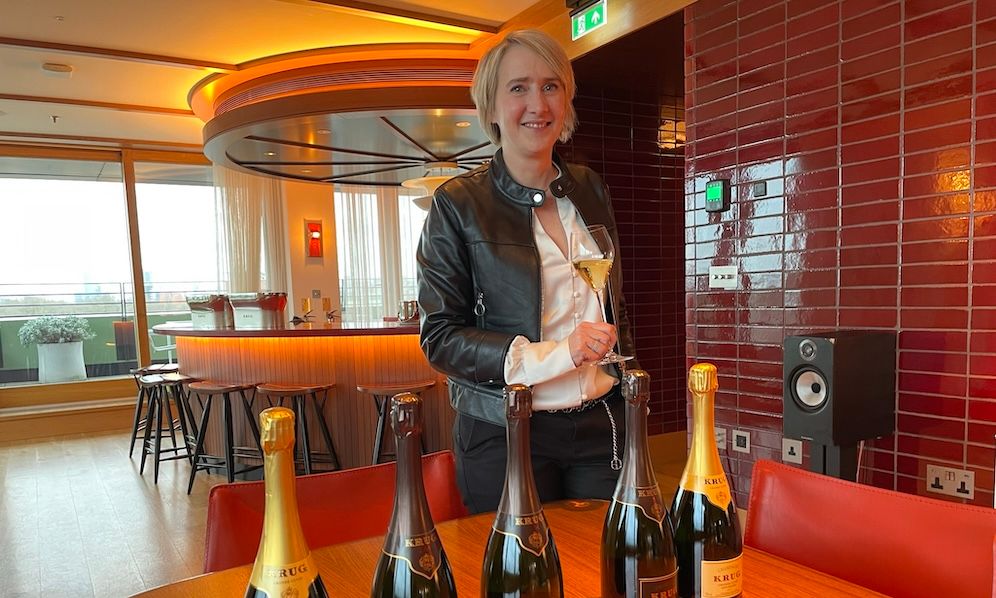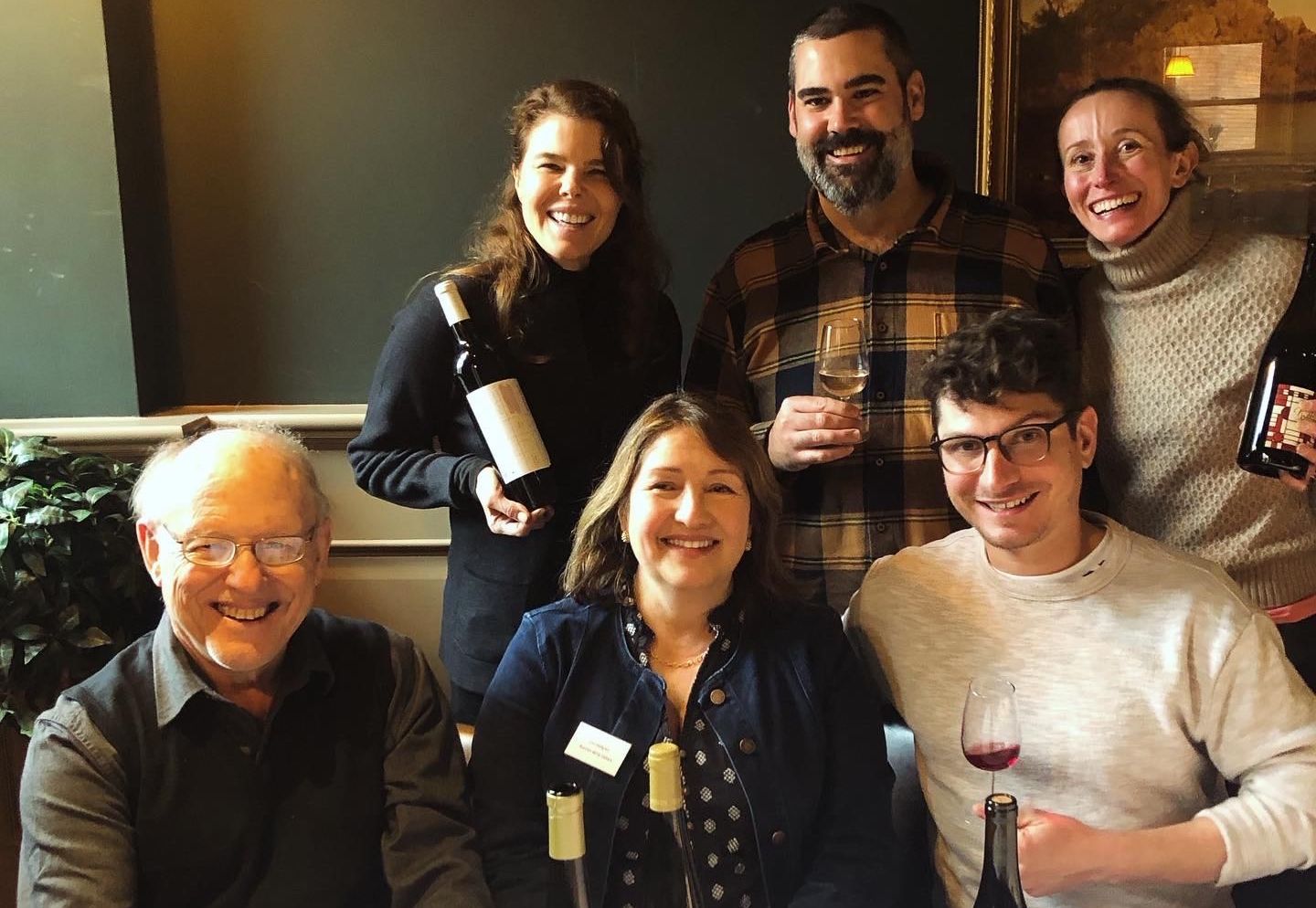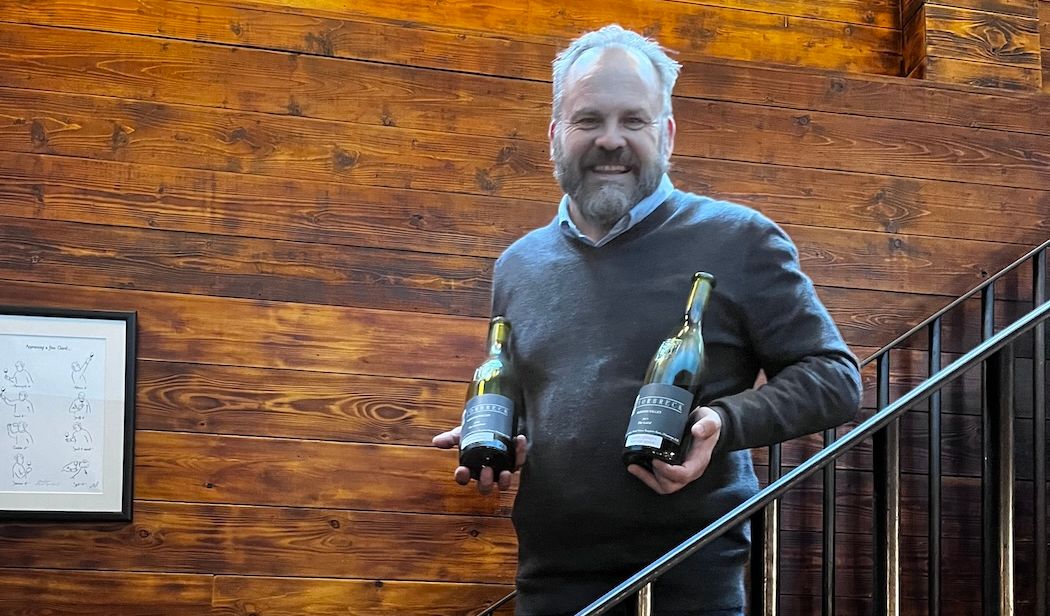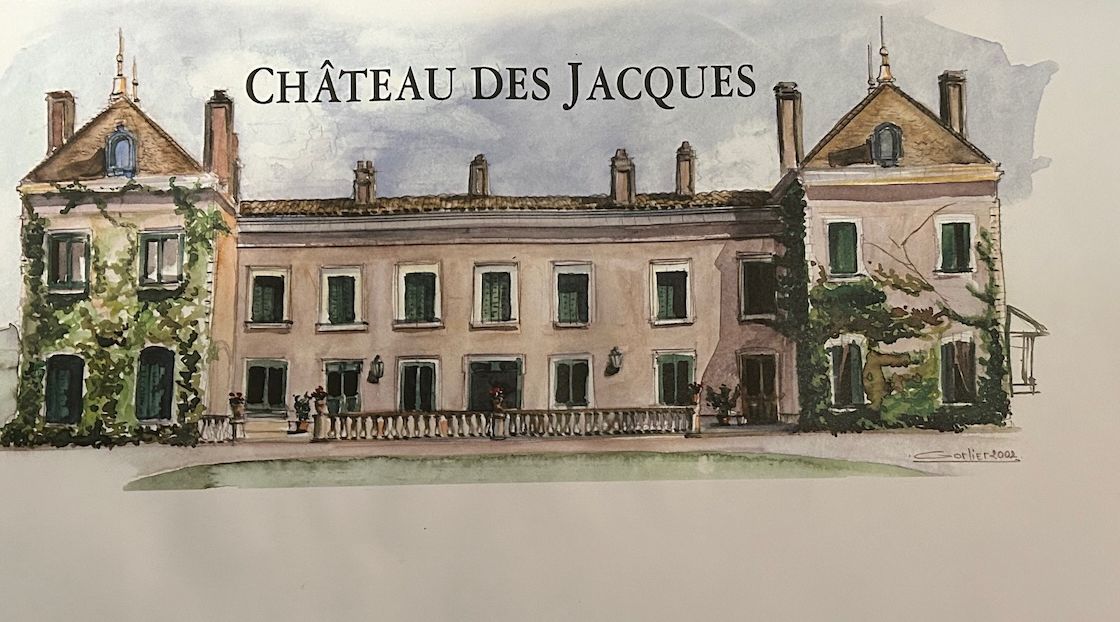If you want to take a deep dive into everything that is possible with Sangiovese then head to the Royal Horticultural Halls in London on March 3 for the first Sangiovese RESET. Here’s Walter Speller on what you can expect and why he admires Sangiovese so much.
Tell us about the background of Sangiovese RESET – how was it devised?
The idea for Sangiovese RESET was a long time coming. Both myself and Jane Hunt MW have always loved this grape variety which makes some of Italy’s most outstanding red wines, but, at the same time is also one of its least understood – and not least by Italy itself!
With 65,000 ha., Sangiovese is Italy’s most widely planted red variety. Its enormous spread was caused by government encouragement from the beginning of the 1960’s in the erroneous belief that a viticulture set on quantity rather than quality could help boost the Italian economy. Without a lot of care in either the selection of site, soil type and altitude in combination with the widespread planting of the mediocre R10 clone (which now, as old vines, is increasingly being praised for its elegance!), Sangiovese soon became known for high yields and tart wines.
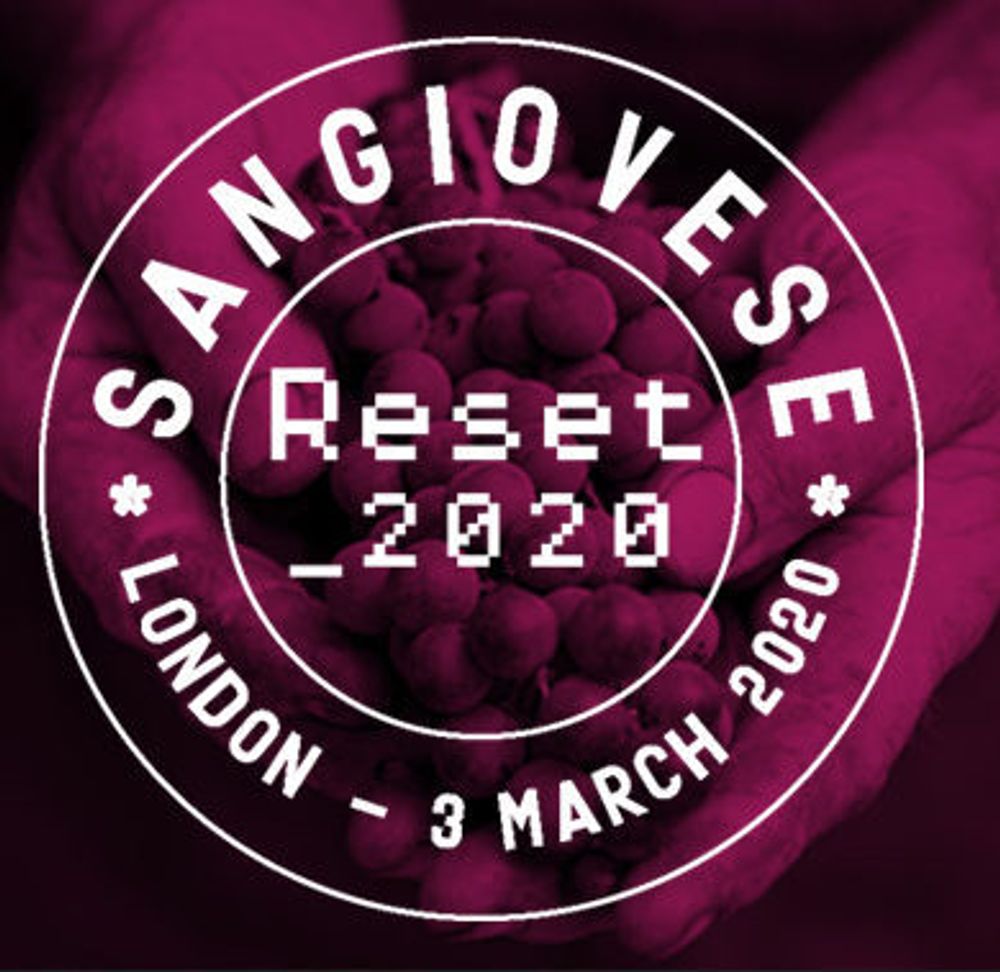
That is but one side of the picture. The other one is of a red wine with tangy, succulent red and dark fruit and crunchy tannins – the style of wine Jane and I admire and something that began to become much more prolific throughout Tuscany in the last 10 years or so. This change became especially clear at large ‘en primeur’ tastings of Chianti Classico, where more and more producers turned their backs especially on Merlot as the conventional blending partner and eschewed barriques. What emerged was a whole different kind of Sangiovese, wines of real character, elegance, succulence and depth. Sangiovese has now finally become admired for these qualities and its tangy and, at times, energetic acidity is widely appreciated.
This change became impossible to ignore and triggered the idea to organise a day-long tasting of Sangiovese wines: Sangiovese RESET. Our aim is to set the record straight and profile Sangiovese as one of Italy’s and the world’s outstanding grape varieties and show this to a wide trade audience.
Why do you think Sangiovese needs/deserves such special attention?
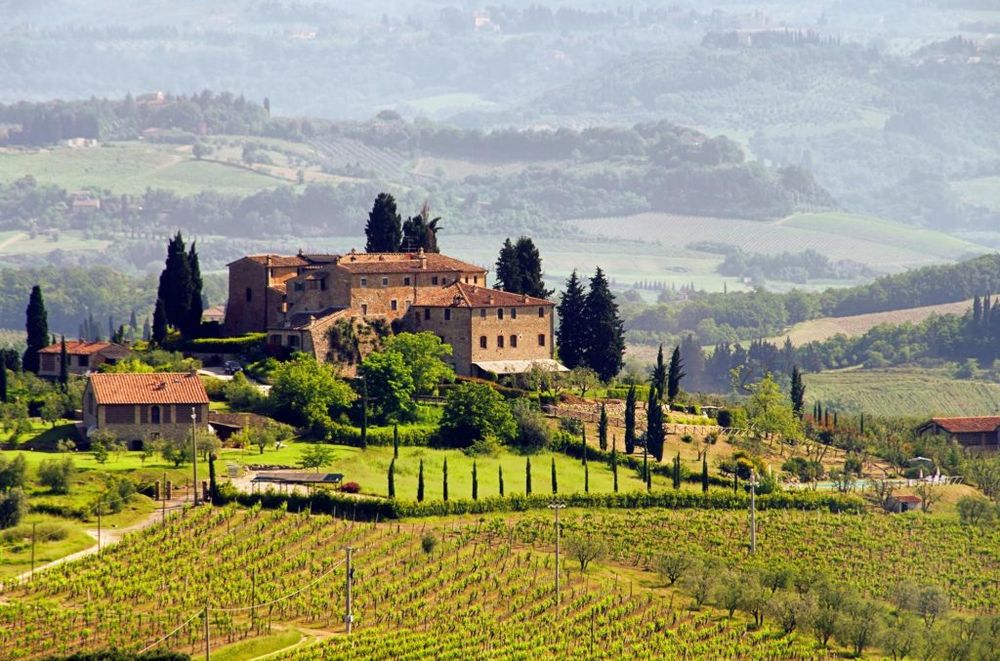
Sangiovese is intertwined with the success and profile of Tuscany amongst Italian wine regions
Italy currently pursues the path of indigenous grape varieties like no other country, not least due to their abundance, at an estimated 1,500, but with more and more discoveries made every year. We noticed that one of its most ubiquitous, Sangiovese, had begun to emerge as a top contender helping to spread this fact due to its high quality, when in the right hands and with considerable attention in the vineyard as well as the cellar. A true Prima Donna, Sangiovese is fickle to grow, can over-crop easily and is thin-skinned, which means that only a gentle approach in the cellar can coax the best out of it. Blending it with international varieties changes Sangiovese beyond all recognition as does the use of new barriques. Now that prices are increasing, producers are now more than ever willing to invest in the variety and give it their full and undivided attention.
The increased interest in Sangiovese is not limited to Tuscany. It has also triggered a renaissance in Romagna, where in the past the most disappointing wines tended to come from either cheap and tart or overblown, concentrated and heavily oaked in order to make a point of difference. No longer!
Almost 10 years ago a system of subzones was devised to cut down the huge Romagna denomination into more manageable regional parts. One, Modigliana in particular, has made an astonishing transformation and is setting the pace as a highly original Romagna style. Ten small producers have banded together under the Modigliana moniker, each producing vibrant wines in small quantities. Their efforts are clear proof in the glass that Sangiovese can belong to the top echelon, with style differences in Romagna, previously unknown and now a reality, adding to the variety’s sheer versatility. It is truly capable of expressing subtleties in different terroirs, something we are convinced Sangiovese RESET will reveal.
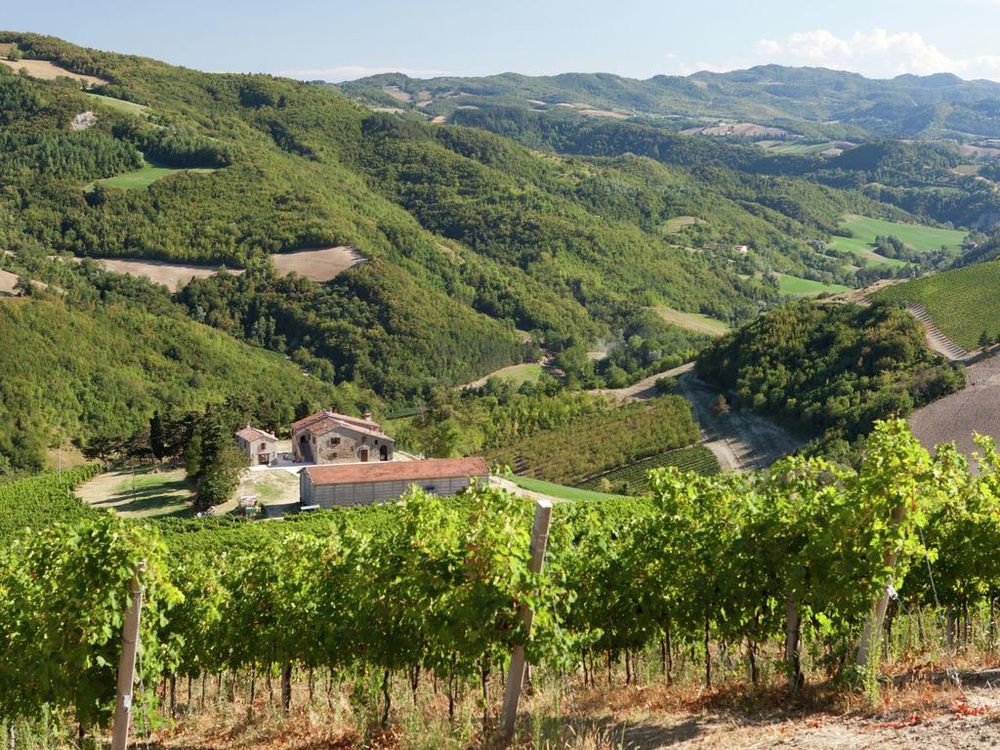
The region of Modigliana in Romagna has become a real thriving test bed for new styles of Sangiovese
What can buyers look forward to at Sangiovese RESET?
We have aimed at getting a significant diversity of styles, with the premise being only to show the very top of Sangiovese producers. We began by drawing up a list of personal favourites and fascinating newcomers and approached them directly. We were aware from the start that to make a positive impact with Sangiovese RESET we had to be very strict in our selection: we simply had to get the best on board.
At the same time, we were equally keen to show the tremendous speed with which quality in Romagna is taking place, spearheaded by the sub region of Modigliana. 10 producers, newcomers, as well as arch traditionalists, which so far have remained under the radar with their age-worthy wines, are presenting their wines in a section that promises to be amongst the most eye-opening of the entire show.
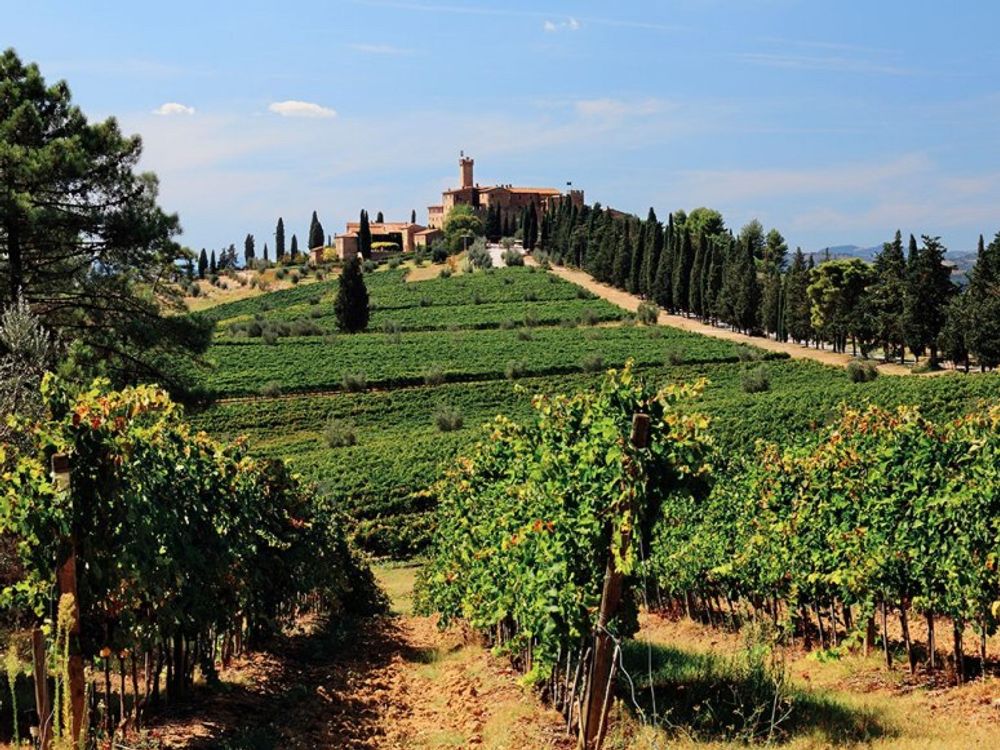
Over 30 producers from Brunello di Montalcino will be at Sangiovese RESET
With over 30 producers, Brunello di Montalcino will be well-represented including some of the loftiest names of the entire denomination, with Primis inter Paris Biondi-Santi spearheading these estates at Sangiovese RESET. Poggio di Sotto, Canalicchio di Sopra, Le Chiuse di Sotto, Le Ragnaie and Fuligni are just a few of the top estates that will be present.
From Chianti Classico we managed to get the true mavericks, who go against the grain, on board: Sean O’Callaghan at Tenuta Carleone, Il Borghetto, stubbornly defying consorzio’s rules with whole bunch fermentation and long skin fermentation, shooting stars from Radda, such as Monteraponi, Pogerino and Vall delle Corti all making vibrant, energetic Sangiovese, arch-traditionalist Castell’in Villa from Castelnuovo Berardenga and Castagnoli producing outstanding Sangiovese from their bush vines – a truly up-hill struggle on their steep terraces.
Some proper jewels come from the Chianti area, showing that real quality and originality can be achieved, such as the Marchionni brothers in the Florence hills making wines that give Brunello a run for its money, biodynamic wines of great depth from Pacina and newcomer Torre alle Tolfe under the guidance of ex- La Porta di Vertine’s Giacomo Mastretta. Le Pupille from Scansano and Boscarelli, the Vino Nobile over-performer, and Lungarotti, one of Umbria’s shining lights, must be mentioned too as does Umbrian newcomer Terramante.

Radda in Chianti is another classic region for Sangiovese
Any master classes to look out for?
Master classes will focus on the new wave Romagna wines, while Poggerino’s Piero Lanza together with me will talk in-depth on Sangiovese styles throughout Italy. The highlight of the program will be a flight of rare historic Brunellos from Biondi-Santi presented by Tancredi Biondi-Santi.
If time is limited what would you suggest people do?
A focus table of the latest vintages, one from each producer at the show, will allow for a quick overview. Although it is tempting to taste the most famous, looking at unknown or less well-known estates will give a good picture of where stylistically and quality-wise Sangiovese and Italy stand at this moment.
What advances and changes have there been in the way that Sangiovese is now being grown and handled in the winery?
The single most important advance has been in a general rejection of international varieties, and a return to local historic varieties as blending partners in Chianti Classico, while 100% Sangiovese is rapidly becoming the norm here. Long skin fermentation of more than 30 days as well as whole-bunch fermentation are becoming wide-spread, too. The introduction of concrete eggs, amphora and clayver are not fashionable accoutrements, but used in order to understand every aspect of Sangiovese without the influence of oak. The most eye-catching consequence of these approaches is that it clearly brings out Sangiovese’s minerality, which translates as an almost salty twang on the palate.
It may be that the styles of Sangiovese at Sangiovese RESET may come as a shock, especially for those expecting the conventional Tuscan style, but the wines have gained a sense of transparency and depth that make them true expressions of their origin.
- You can find out more and register to attend Sangiovese RESET on March 3 by clicking here.

